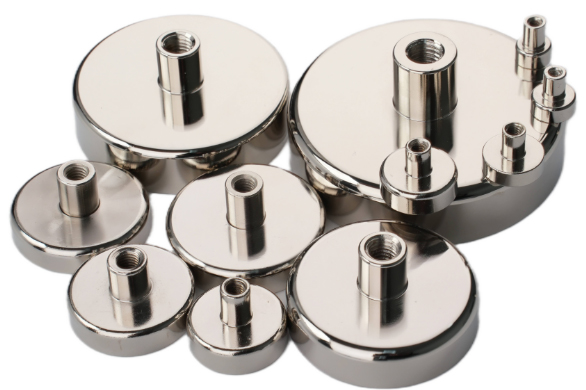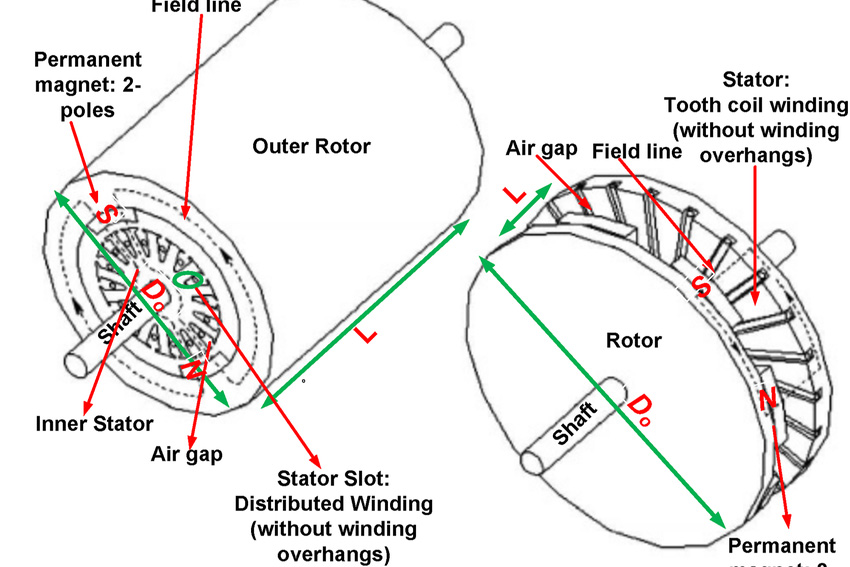Small Magnets in the iPhone & iPad
Small magnets placed inside the fuselage of Apple's iPhone, iPad, and MacBook, have always been an indispensable part of Apple's product design. The iPad Pro works like a refrigerator sticker because Apple stuffed 102 magnets into it.
 ipad refrigerator sticker
ipad refrigerator sticker
After the launch of the new iPad Pro in November 2018, first-time Internet users showed an alternative way to use it as a refrigerator sticker.
Why does the iPad stick to the refrigerator?
Obviously, like refrigerator stickers, the iPad itself is a big magnet.

Apple's new iPad Pro is crammed with lots of small rare earth magnets, which are neatly distributed around the four speakers of the body, and some are placed on the left and right sides so that the external keyboard protector and Apple Pencil can stick together steadily with the iPad Pro.
Apple's iPad Pro Video Specifically Describes the Use of These Small Magnets
Apple also mentioned this point in the official introduction video: "To keep the iPad and other accessories as close as possible, we used 102 magnets, so everything can be aligned accurately and integrated. "

From my experience of using the iPad Pro, these magnets are mainly used for four purposes: one is to attach the protective sleeve to the back of the fuselage, the other is to fix the Apple Pencil on the top while retaining the original uncovering wake-up and connecting the two features with the Smart Connector keyboard. And now you should find that the advantage of countersunk magnets is that even if they provide a very limited adsorption strength, they can allow Apple to absorb the external parts and products together without relying on the structure such as buckles or piggybacks, and ensure that the product itself is sufficiently delicate and non-obtrusive. Magnets have gradually become "regular customers" in Apple devices. As long as there is a need for adsorption and closure functions, you can see the shape of magnets. For example, Apple Watch's magnetic charging line does not need to be precisely aligned, as long as the connector is close to the back of the watch, it can be automatically adsorbed in place.

Four magnets are also hidden in the top cover of the AirPods charging box. As for the opening and closing state of the cover of the AirPods charging box, the modern wind buckle and Milanese strap design of the Apple Watch, and many third-party accessories, we seem to have become accustomed to the magnetic connection characteristics. It's no exaggeration to say that as long as there are magnets, Apple can try not to destroy the appearance of the product as much as possible, but also give them the ability to expand the connection. More importantly, most users who are using Apple devices, may not notice the presence of neo magnets when they connect products to accessories. This implicit maintenance is the greatest value of magnets for Apple devices and is also a valuable part of this raw material.
Conclusion
Thank you for reading our article and we hope it can help you to have a better understanding of the working principles of the small magnets in the iPhone & iPad. If you want to know more about small magnets and their uses, we advise you to visit Stanford Magnets for more information. As one of the leading magnet suppliers across the world, Stanford Magnets has been involved in R&D, manufacturing, and sales of permanent magnets since the 1990s and provides customers with high-quality rare earth permanent magnetic products such as neodymium magnets, and other non-rare earth permanent magnets.















